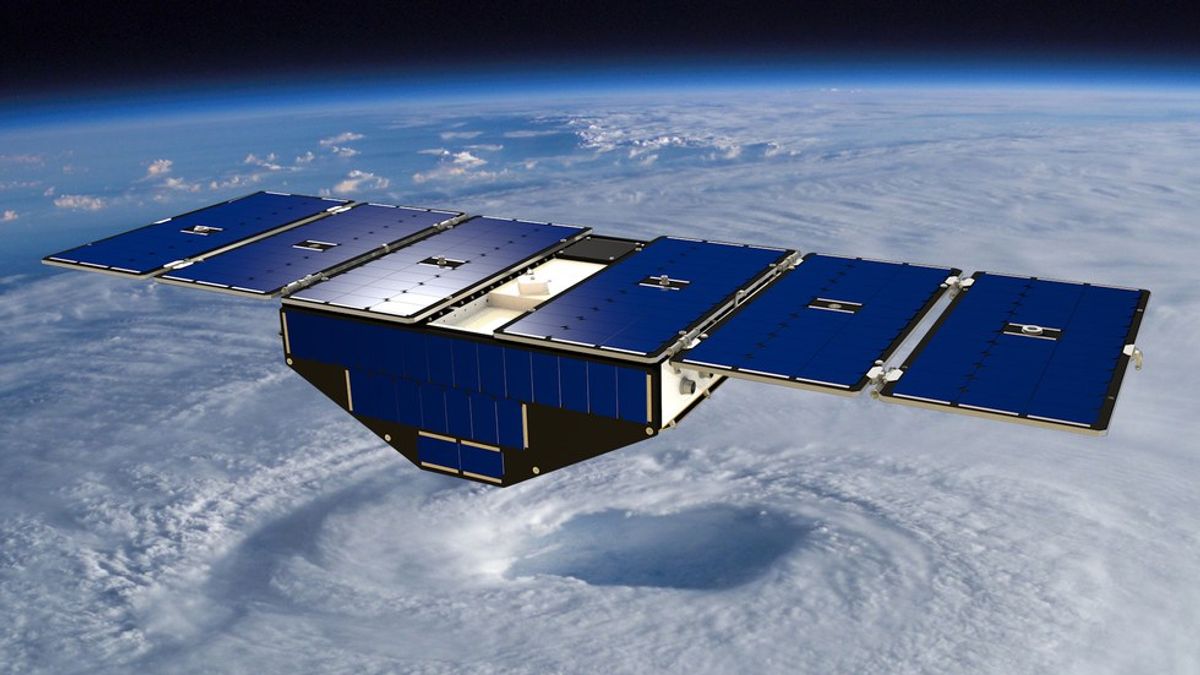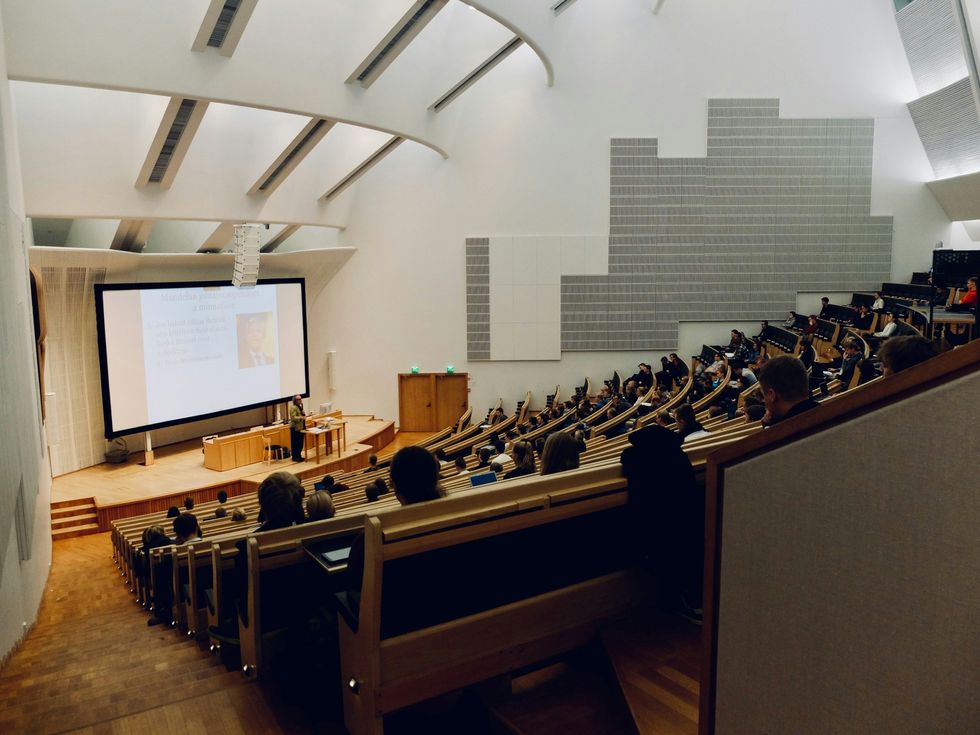Developed by NASA to detect and study hurricanes.
What's CYGNSS?
CYGNSS is the Cyclone Global Navigation Satellite System that will be launching on 11/21/2016 with the aim to improve humanity by detecting giant core storms that could affect us if we didn't possess this incredible new technology.
Credit: http://clasp-research.engin.umich.edu/missions/cygnss/
Launch Window Open at 06:00 EST on 21 Nov 2016
The CYGNSS mission's principal objective is to improve weather forecasting on Earth by focusing on hurricanes and storms that, if not detected in time, could potentially deteriorate human infrastructures as well as our upper atmosphere.
Since the 1990's, hurricane forecasting has improved with the introductions of new technologies and the engineering innovations of the century. Despite this, there has been little improvement in the actual accuracy of the forecasting. These are some of the reasons why CYGNSS will be of tremendous help in detecting and being accurate in regards to weather.
The spacecraft is composed of 8 satellites that will ensure the accurate measurement of surf winds revolving in a storm system in the transcourse of tropical cyclones, hurricanes, typhoons, etc...
- Visualization of CYGNSS deployed -Credit: NASA
The University of Michigan is developing the Cyclone Global Navigation Satellite System, and its launch will be from Cape Canaveral, Fl on a Pegasus XL rocket. While in space, it will be probing the inner core of hurricanes to learn about their rapid intensification.
Mission Duration:
- Designed for 2 years of operation.
The tracking of hurricanes and storms is essential in the provision of adequate warning to the general public. Being able to receive this information from CYGNSS will enable us to take the necessary measures to predict our weather.
With CYGNSS, we will be able to create even more advanced technologies here on Earth to protect us from storms so it will not only help advance our methods of informing the public, but will also aid in the formulation of cutting-edge technical and industrial knowledge.
In the image above, we can observe engineers at NASA operating the 8 micro-satellites aboard the mission. Here, we see that the satellites are set on the deployment module for vibration testing - this is at Southwest Research Institute in San Antonio, Texas.
Vibration testing is very important in spacial missions, and is the last verification to be approved.
One of the main reasons why vibration testing is done is to on the efficiency and correct functionality of the mission.
The CYGNSS mission will be of help for humanity. Its long term stay on the outermost cape of our planet Earth will enhance our understanding of storm systems by identifying and studying, in depth, the winds and inner core of hurricanes and storms.
"We reach for new heights and reveal the unknown for the benefit of humankind."
--National Aeronautics and Space Administration
Credit: NASA
Image Credit: NASA forecast
For furthering the exploration in humankind's perspectives, NASA strives to create the innovations of our next generations. The day will come, when we have achieved as a whole, the wisdom and advanced knowledge to live contently and without human distractions. As our visionaries, scientists, engineers, thinkers, innovators, and billionaires set the parameters of their idealized future, we grow as a species and magnify our knowledge.
- Astronaut during an EVA (Extravehicular activity or spacewalk).
- Credit: NASA
--Astrophysics Angie (10/2/2016)











 people sitting on chair in front of computer
people sitting on chair in front of computer



 all stars lol GIF by Lifetime
all stars lol GIF by Lifetime two women talking while looking at laptop computerPhoto by
two women talking while looking at laptop computerPhoto by  shallow focus photography of two boys doing wacky facesPhoto by
shallow focus photography of two boys doing wacky facesPhoto by  happy birthday balloons with happy birthday textPhoto by
happy birthday balloons with happy birthday textPhoto by  itty-bitty living space." | The Genie shows Aladdin how… | Flickr
itty-bitty living space." | The Genie shows Aladdin how… | Flickr shallow focus photography of dog and catPhoto by
shallow focus photography of dog and catPhoto by  yellow Volkswagen van on roadPhoto by
yellow Volkswagen van on roadPhoto by  orange i have a crush on you neon light signagePhoto by
orange i have a crush on you neon light signagePhoto by  5 Tattoos Artist That Will Make You Want A Tattoo
5 Tattoos Artist That Will Make You Want A Tattoo woman biting pencil while sitting on chair in front of computer during daytimePhoto by
woman biting pencil while sitting on chair in front of computer during daytimePhoto by  a scrabbled wooden block spelling the word prizePhoto by
a scrabbled wooden block spelling the word prizePhoto by 
 StableDiffusion
StableDiffusion
 StableDiffusion
StableDiffusion
 StableDiffusion
StableDiffusion

 women sitting on rock near body of waterPhoto by
women sitting on rock near body of waterPhoto by 
 Photo by
Photo by  Photo by
Photo by  Photo by
Photo by  Photo by
Photo by  Photo by
Photo by  Photo by
Photo by  Photo by
Photo by  Photo by
Photo by  Photo by
Photo by  Photo by
Photo by 








